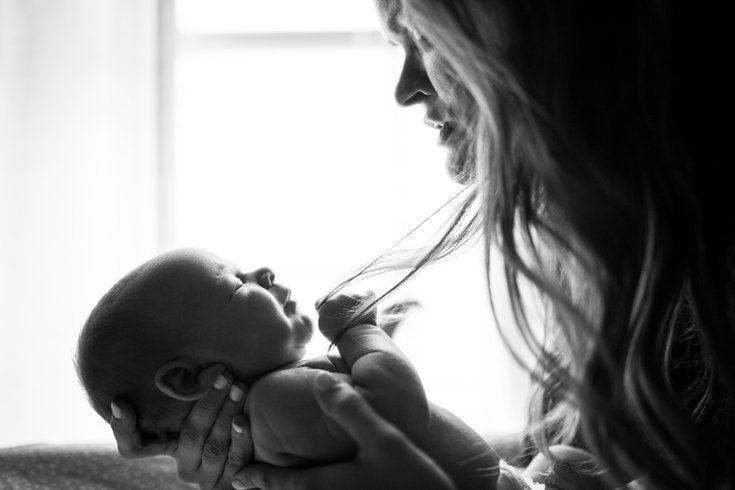
February 26, 2020
 Zach Lucero/Unsplash.com
Zach Lucero/Unsplash.com
In many cerebral palsy cases, the exact cause of the mobility disorder remains unknown. Risk factors include premature birth and low birth weight.
Pregnant women are known for trying to do everything right – eating healthy, ceasing drinking and smoking, never missing a doctor's appointment or forgetting to take their prenatal vitamin.
It's all aimed at keeping the baby as healthy as possible. But sometimes the unthinkable still happens, and the baby is faced with unexpected health issues.
Cerebral palsy is the most common motor disability in children, occurring in 1 of 500 live births.
Risk factors for cerebral palsy include premature birth, low birth weight, multiple pregnancies, infection, stroke, brain hemorrhage and placental abruption. Genetic conditions play a role in about 10 to 15% of cases.
But in most cerebral palsy cases, the exact cause is not known, according to Dr. Mary Stephens, medical director of Jefferson Health's Continuing Care Program, which provides primary care for patients with intellectual and developmental disabilities.
"Although we can recognize many risk factors for the development of cerebral palsy, it's often hard to build a causal pathway," Stephens said. "The development of cerebral palsy is typically due to multiple factors that affect growth and development of the brain during the prenatal period."
Premature infants are at greatest risk, especially those below 28 weeks gestational age and those with very low birthweight – anything less than 3 pounds, 4 ounces.
Parents can't completely protect their children from developing cerebral palsy, but they can take certain steps to reduce the risk.
They include expectant mothers being properly vaccinated and staying healthy during pregnancy. But parents should also practice good child safety, like always putting infants and young children in car seats when traveling and taking precautions against falls and other injuries.
Early signs of cerebral palsy include poor feeding, irritability and poor sleeping, Stephens said. Upon physical exam, abnormal neurological reflexes may be present.
Missing milestones – like not sitting by eight months or failing to walk by 18 months – may be indicators of cerebral palsy. So may be establishing hand preference before 12 months.
"In preterm infants felt to be at high risk, neuroimaging studies like ultrasound and MRI are often used to assess brain injury," Stephens added. "While abnormal findings on imaging studies alone don't confirm the diagnosis, they may signal a cause for concern."
Sometimes, cerebral palsy may only affect a single limb or one side of the body. Movement and coordination problems can vary among patients. More than half of children with cerebral palsy can walk independently.
According to the U.S. Centers for Disease Control and Prevention, almost 85% of children with cerebral palsy have spastic CP. This condition causes their muscles to stiffen, prompting awkward movements.
Cerebral palsy diagnoses are based on a physical evaluation, medical history and usually some form of neuroimaging, like electroencephalography or magnetic resonance imaging.
"A child felt to be at risk for cerebral palsy would benefit from evaluation by an interdisciplinary team and even though a formal diagnosis may be delayed until the age of 18-24 months, there is still great benefit from early intervention services to enhance the cognitive and physical development of the child with developmental delay," Stephens said.
Treatment often takes a multidisciplinary approach, addressing both the physical and emotional challenges of cerebral palsy. Interventions generally include physical, occupational and speech therapy.
Motor challenges with a focus on muscle tone need to be addressed. In some cases, assistive devices and surgery are needed. Some people with cerebral palsy also struggle with sleep issues or low vision.
Treatment goals should be centered around the patient and his or her family, Stephens said. They also should include input from medical personnel and therapists, teachers and other community-based support systems.
"Social and emotional support is critical for families at the time of diagnosis and throughout treatment as there are many unknowns," she said. "Individuals with cerebral palsy have a broad range of abilities and capability, and early intervention at a time when the child's brain is most pliable will give them the greatest opportunity to maximize their cognitive and functional potential."